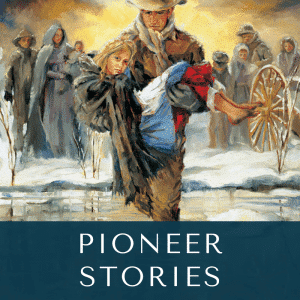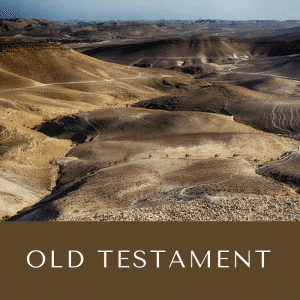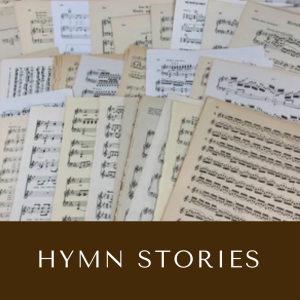Description
Miracle of the Flour Bin
The summer of 1855 in the Salt Lake Valley was a time of drought which “was followed by a devastating grasshopper plague and the crops of their seventh year in the valley were a complete failure.” Needless to say, the famine which followed found them hopelessly unprepared.
Brigham Young and many others who had always kept ample quantities of food on hand for their families soon went on short rations in order to share their available food supply with others. It was Heber C. Kimball, however, who had taken his own counsel most literally, and had filled his storehouses and bins with thousands of bushels of wheat and other grains. Then, when the time of scarcity came, he opened his bulging stores, and—like Joseph of Old—began to feed the multitude. The big Kimball Mansion on North Main Street soon became an open house for the hungry. Dozens of people were fed each day at the family table or were given presents of flour or bread which literally saved their lives.
Meanwhile the members of the Kimball family voluntarily limited themselves to a daily ration of one-half pound of bread each, and they ate the coarser grains in order that their guests might have the best wheat bread. If those who came to their home could afford to pay for the grain, Brother Kimball sold it to them at the regular price, while others were charging many times the usual amount for wheat. Is it any wonder that throughout the long winter, hundreds of Saints thanked the Lord for the benevolence of this great leader?
In spite of careful rationing, when spring came and it was time to plant new crops, at least half the people in the valley were entirely without food. The Public Works projects had long been abandoned for lack of food for the workers. Now everyone turned to raising grain, some of them spading the soil by hand in order to plant their seeds because they had no work animals.
“Many of these poor workers lived on the Eighteenth Ward hill, and when they were too hungry to carry on, they went to Bishop [Lorenzo] Young for help. He made his own store of grain last as long as possible and when it was gone he bought grain from other bishops in the territory with his own funds. Finally, when his last resource was exhausted, he went to President [Brigham] Young (his brother), and asked him what to do. Without a moment’s hesitation the inspired answer came: ‘Lorenzo, divide the last pound you have, and trust in the Lord for the result.’”
As Lorenzo went home he thought of his empty storehouse and wondered what the future would bring, never doubting that a way would be opened to solve his problem. The Lord had never failed him in the past.
“The next morning, Harriet [Lorenzo’s wife], came to him in questioning surprise. She had found at least a hundred pounds of flour in the storehouse bin. All summer long, until the harvest time, Lorenzo not only supplied his family, but all the needy members of the ward from the flour in that bin—and the supply was never exhausted. His faith had been rewarded by a miracle as great as the Widow’s Cruse of Oil!”
Source:
One Hundred Years in the Heart of Zion: A Narrative History of the Eighteenth Ward by Ruby K. Smith, 1961, pages 20-21













